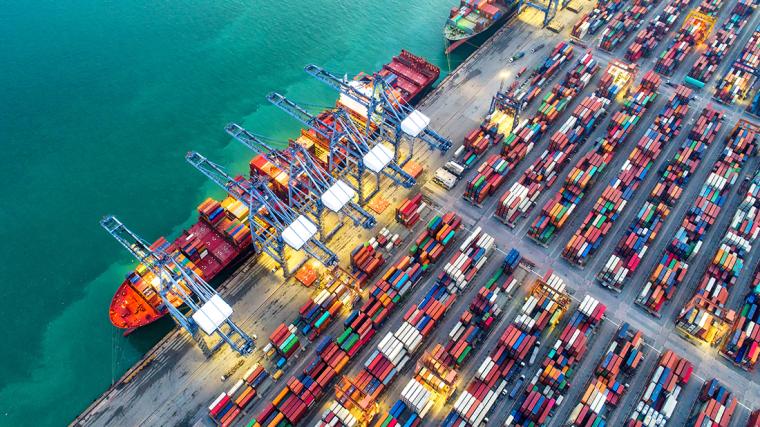
Uncertainty and variability are significant factors that impact the logistics aspects of site selection, particularly concerning supply chain costs. As businesses strive for efficiency, the choice of location becomes critical due to its profound influence on transportation and facility expenses. Recent trends show relatively unpredictable fluctuations in transportation costs due to factors like fuel price volatility, regulatory changes and the increasing shift toward e-commerce that demands faster delivery times.
Rapidly varying supply and demand across markets and in the capacity that logistics systems can provide have created unanticipated fluctuations in costs; for example, in multiple modes of transportation such as ocean shipping and land transportation. Facility costs are also not immune to fluctuations; they are affected by real estate market trends, local labor costs and the availability of resources and capacity to accommodate supply chain demands. These variabilities make forecasting and planning increasingly complex, causing organizations to reassess their logistics strategies continually.
In modeling logistics and supply chain costs, variability can introduce significant risks. Traditional models used in planning often rely on historical data and static assumptions, which may not be adequate in today’s dynamic market conditions. For example, unforeseen events such as natural disasters, trade disputes or pandemics disrupt supply chains and invalidate assumptions underlying site selection decisions. As transportation and facility costs are subject to such unpredictable changes, reliance on fixed parameters can lead to suboptimal decisions that might not withstand real-world conditions.
To mitigate the issues of uncertainty and variability in logistics, companies are adopting more flexible and resilient approaches in their modeling and decision-making processes. Scenario planning allows companies to test how different site selections might perform under various future states of the world, such as changes in trade policies or shifts in consumer behavior. Sensitivity analyses provide insights into the consequences of varying risk factors between upper and lower bounds, helping to provide directional answers to how critical logistics elements are when related to locations. Another such approach is the use of stochastic models that incorporate randomness and can simulate a range of possible outcomes. These models can help businesses understand the potential variability in costs and service levels.
Importantly, labor dynamics within a site’s commute shed often vary radically from the broader region or national marketplace, and future operating conditions cannot be simply measured against metro areas or national trends. After the site selector has shortlisted suitable real estate having the minimum/sustainable logistics costs, labor availability and cost often become priorities in the location decision.
Labor analytics must be site-specific and focus on the underlying resident-variable conditions that impact future supply and cost. One key labor supply/cost determinant is market competition. Competitive saturation, wherein employers are placing disproportionate demand on similar skillsets, is a red flag for upward wage pressures.
As a general rule, if the percentage employed in distribution/warehousing exceeds the national average by 25 percent, then the site is highly exposed to above-average wage inflation. WDGC research shows when the industry’s local employment surpasses the 25 percent benchmark, the average rate of wage inflation exceeds the national trend by no less than 50 percent — and selective recruitment with accelerated turnover replacement becomes more problematic. Under this pressure, a relatively acceptable labor cost position will quickly disappear. Also, the accompanying decline in applicant and new hire quality will challenge the staffing of higher skilled labor needed to support trends toward automation.
A further, more recent though promising approach in logistics planning is the integration of real-time data analytics and artificial intelligence. These technologies can provide up-to-date insights into market conditions, helping companies adapt quickly to changes in transportation and facility costs. By leveraging available “big data,” predictive analytics and machine learning, businesses can improve the accuracy of their models and the agility of their supply chains. This proactive stance helps in navigating the present complexities and also equips companies with the tools to preempt future challenges, making their site selection strategies more robust against the inherent uncertainties of global logistics. T&ID
K. John Gutshaw is the Principal at WDG Consulting, and Ian Wright is the Logistics Practice Leader for WDG Consulting. WDG Consulting is a location strategy and site selection firm that has been advising corporate clients on office and industrial facilities location for more than 40 years. www.wdgconsulting.com

